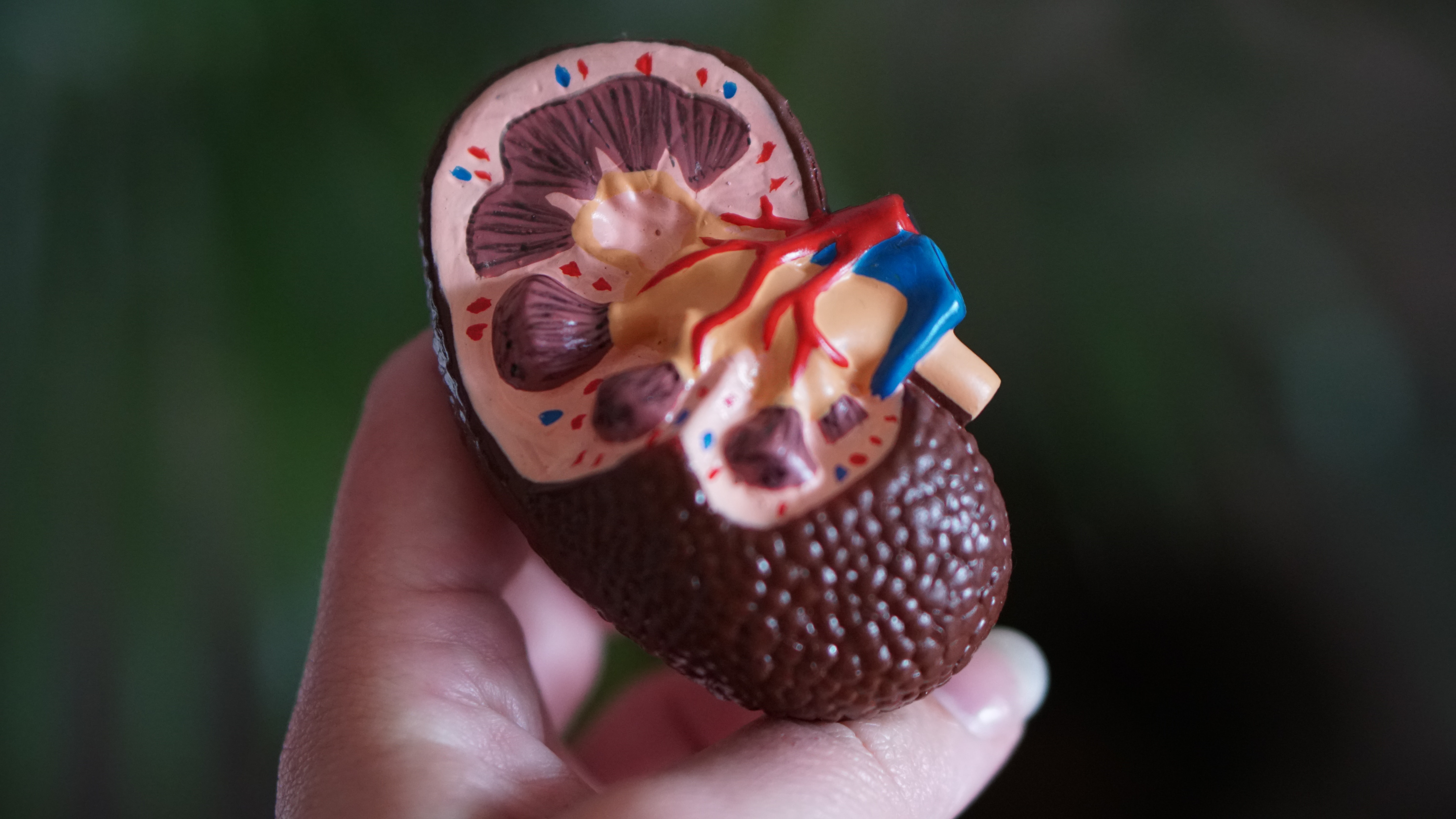Media release
From:
For the first time researchers have identified a gene which shows the kidney has its own way of resisting damage.
The finding has major implications – especially for Indigenous people with kidney diseases such as Tiwi Islanders.
The study, published in Cell Reports Medicine, sequenced the genome of patients with autoimmune kidney disease and Tiwi Islanders with extremely high rates of kidney disease.
The researchers found a mutation in the gene VANGL1 can cause the development of kidney disease. Further testing also revealed the gene helps prevent the immune system attacking the kidney.
“Patients with this mutation will be significantly more likely to develop kidney disease,” lead author, Nephrologist and ANU Research Fellow, Dr Simon Jiang said.
“This discovery has big implications for Tiwi Islanders. They have the highest recorded rates of kidney disease in the world.
"Their rates are four times the rates of other mainland Indigenous Australians and about 11 times that of non-Indigenous Australians.
“This mutation is highly prevalent in Tiwi Islanders who have a high rates of kidney disease."
Dr Jiang said about 15 per cent of the population have the mutation but when it is coupled with an inflammatory disease it permits damage to the kidney.
“When you have a systemic immune or inflammatory disease, this mutation allows the immune system to attack the kidney. The natural function of this gene is to slow that inflammatory process down," Dr Jiang said.
“People think immune diseases such as lupus happen to attack the kidneys by chance. What we have actually shown for the first time is that kidney has its own way of resisting or stopping that assault.
“The protective mechanism of this gene is inherent to the kidney and it has implications for our Indigenous populations and for patients undergoing kidney transplants.”



 Australia; NSW; VIC; QLD; SA; ACT
Australia; NSW; VIC; QLD; SA; ACT


